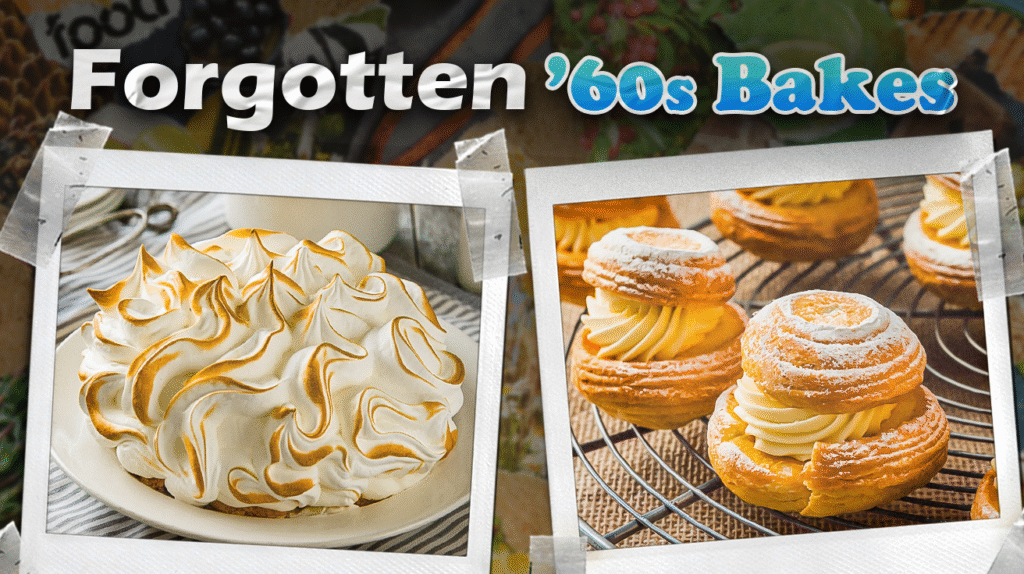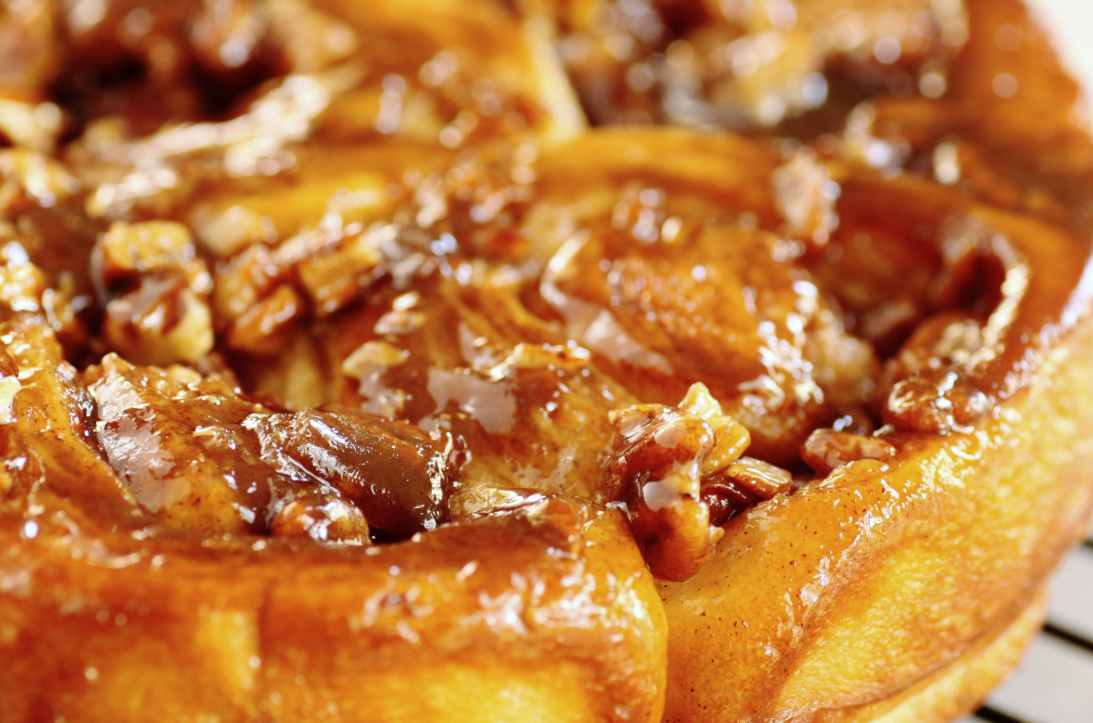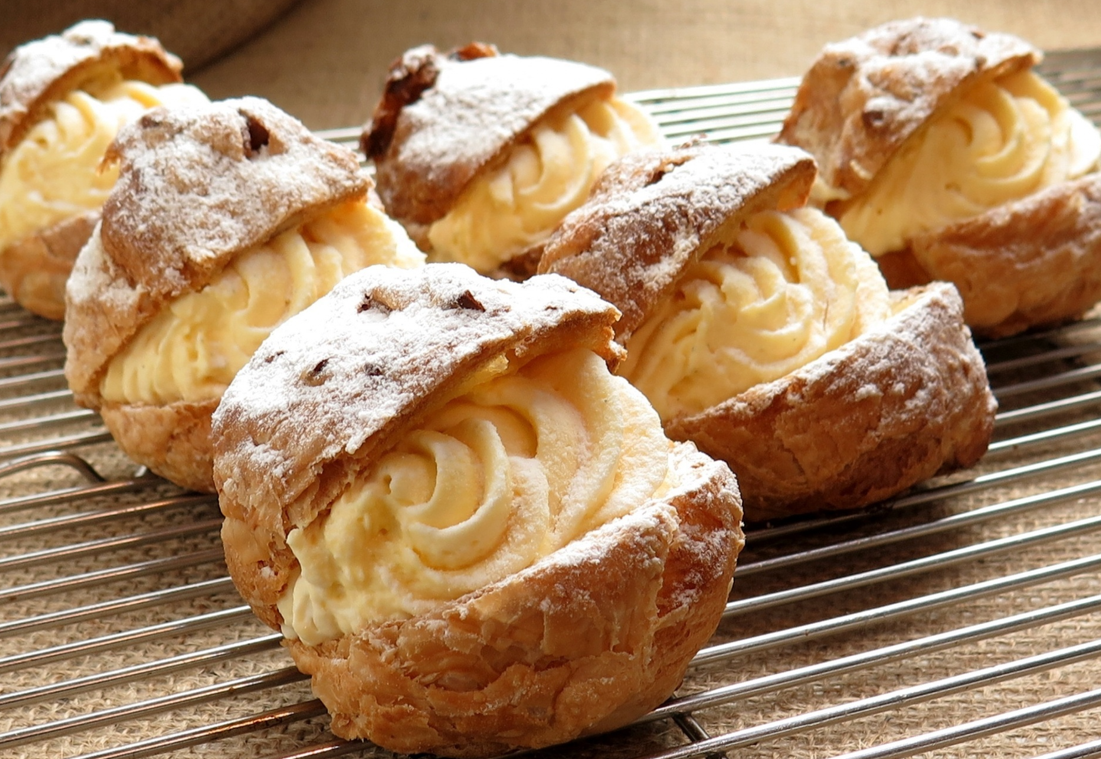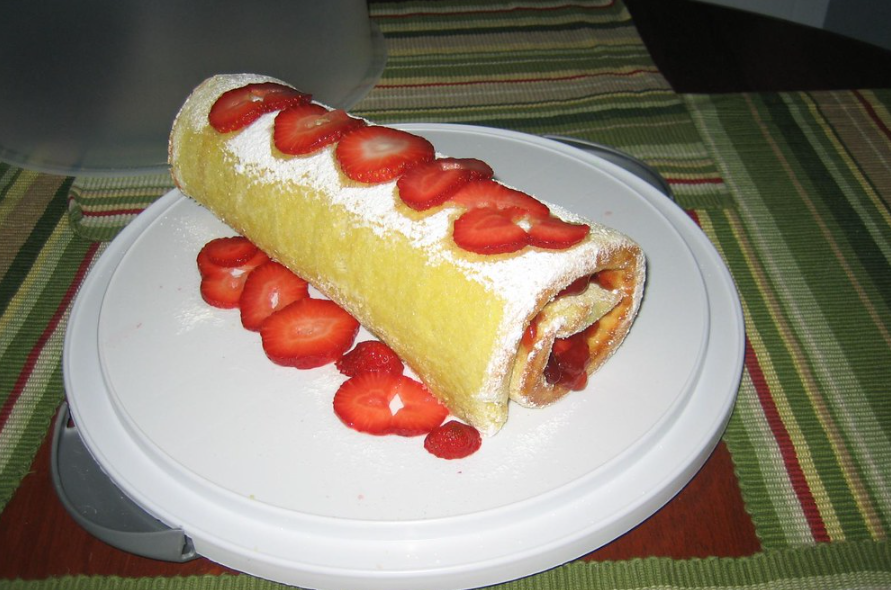
Walk into any mid-century American grocery and the air told a story—butter browning, sugar caramelizing, yeast transforming. The 1960s baked-goods landscape burst with innovations that have since vanished like sugar on the tongue. Some treats disappeared when butter prices climbed; others fell victim to changing palates and convenience foods.
These forgotten confections do more than satisfy cravings—they transport you through time like edible DeLoreans. Each bite connects to the cultural moment when these treats reigned supreme, before they slipped from recipe cards and collective memory.
4. Baked Alaska

Imagine dinner parties where the room actually gasped—not at someone’s political opinion but at dessert. Baked Alaska commanded the spotlight like the culinary equivalent of a magic show finale.
The technical ballet required perfect timing—the meringue needed browning without melting its frozen heart, like trying to tan at the beach without burning. This paradoxical dessert—hot exterior, cold interior—captured the American love affair with the spectacular and seemingly impossible.
3. Sticky Buns

The sticky bun tells the story of America’s complicated relationship with indulgence—we want it, then feel guilty about wanting it, then decide life’s too short and dive in anyway. Dating back to 18th-century Pennsylvania Dutch kitchens, these spiraled ambassadors of excess reached peak popularity during the conformist 1960s when they offered sweet rebellion on breakfast plates.
The morning ritual of peeling apart their spiral layers—each one progressively more saturated with spiced sugar—became a quiet meditation before the day’s responsibilities kicked in. They tasted better shared across a Formica table, with coffee mugs leaving rings on yesterday’s newspaper.
2. Cream Puffs

When hosting dinner parties in the status-conscious 1960s, serving cream puffs signaled both culinary ambition and international sophistication without alienating guests who feared “foreign food.” These delicate French-inspired creations gained traction in more ambitious bakeries and home kitchens despite their technical demands.
The contrast between crisp exteriors and lush fillings creates textural excitement that makes each bite an event rather than mere consumption. The classic vanilla pastry cream filling delivers sophisticated simplicity—rich yet clean-flavored, sweet without cloying.
1. Jelly Rolls

When sliced open to reveal their perfect spiral pattern, jelly rolls transformed ordinary mid-century dessert tables into showcases of technique without requiring elaborate ingredients or equipment. This unassuming dessert maintained steady popularity through reliable performance rather than flashy presentation.
Traditional recipes favor red fruit preserves for maximum color contrast when sliced, creating iconic pinwheel effect that telegraphs exactly what you’re getting, no mystery or disappointment.
The texture contrast between delicate sponge and sticky-sweet preserves creates perfect partnership where neither element would be quite as satisfying alone. Though never reaching trendsetter status, jelly rolls earned loyal following through consistent quality and nostalgic appeal, like character actors in classic films—not the stars but essential to the experience.





















